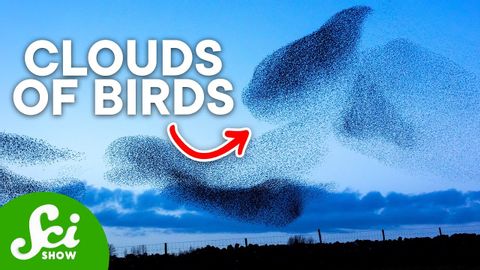谋杀的数学与奥秘(The Math and Mystery of Murmurations)
joey joey 發佈於 2021 年 05 月 19 日  沒有此條件下的單字
沒有此條件下的單字US /ˌɪndəˈvɪdʒuəl/
・
UK /ˌɪndɪˈvɪdʒuəl/
- n. (c.)個人;單個項目;個體;個人賽
- adj.個人的;獨特的;個別的;獨特的
- n. (c./u.)串;束;一群人
- v.t.使成一串
- v.t./i.打褶
- v.t./i.出現;估計;我認為〜;認為
- n.身影;(計算過的)數量;肖像;圖;形狀;人物;名人;人影;數字
US /əˈpriʃiˌet/
・
UK /ə'pri:ʃɪeɪt/

